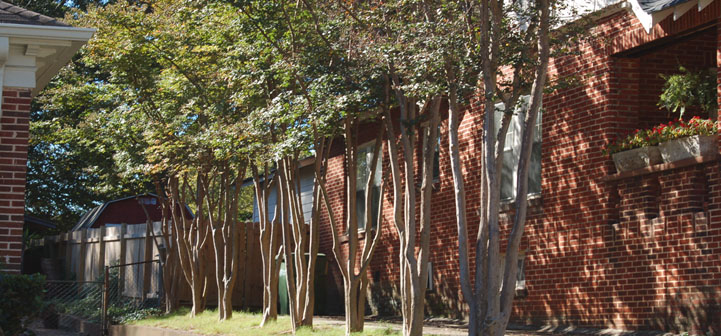Mold can be found almost anywhere; they can grow on virtually any substance if moisture is present. Mold can grow on wood, paper, carpet and food. Exposure to mold can cause cold-like symptoms, respiratory problems, nasal and sinus congestion, watery eyes, sore throat, coughing and skin irritations, and can trigger asthma attacks. Because some mold spores are very small and can easily be breathed deeply into the lungs, it is not safe to live in houses with high mold levels. …
Mold is natural, so what's the big deal?
Molds are natural and generally pose no adverse health effects outside the home. However, mold indoors can be an indoor air issue. Mold produces spores that become airborne. These spores and mold fragments are introduced into the respiratory system, where they can cause allergic reactions, trigger asthma attacks, and cause other health problems. EPA A Brief Guide to Mold and Moisture Control . See also Healthy Homes Partnership…
Is mold a health issue inside the home?

Mold in the home can be a health hazard if it’s allowed to grow and isn’t handled properly.
The type and severity of health effects depend upon:
- the level and duration of exposure
- sensitivity of the person
- the type of mold and toxin it may produce
- and other factors that can increase the health hazard (such as smoking).
People most likely to experience health problems from mold include:
- children
- elderly
- people with suppressed immune systems
- people with asthma or allergies
